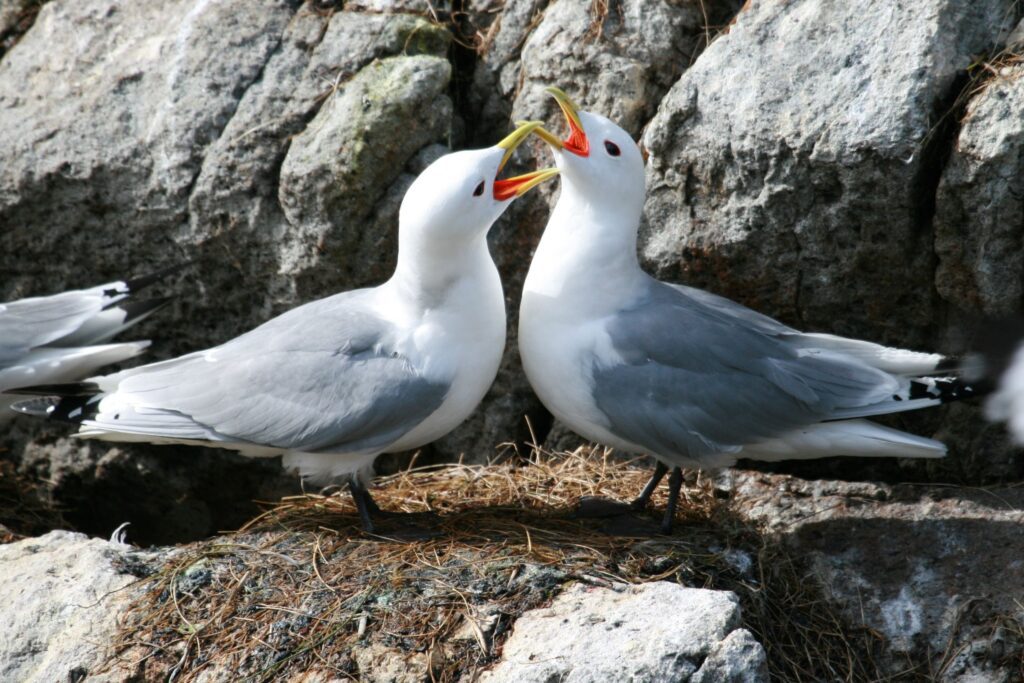Failed breeding increases the probability of divorce in polar seabirds
Many bird species are monogamous, with the same individuals sharing parental care throughout the breeding season year after year. Even so, divorced couples are relatively frequently observed, and in this study, scientists addressed patterns of divorce among Arctic and Antarctic seabirds and investigated the influence of breeding success on divorce rates.
A question of time and energy
During the Arctic and Antarctic summers, millions of seabirds occupy these areas to breed. Although the polar areas are rich in marine resources, the summer is short and the time window within which to complete a successful breeding season is limited. Most seabirds are socially monogamous, meaning that the same male and female share parental care through egg incubation and chick-rearing year after year. Remaining faithful to the same partner enables individuals to save time and energy which otherwise would be allocated to obtaining a new mate. In a worst-case scenario, birds using too much time to find a new mate risk losing the entire breeding season. Even with the advantages of monogamy, however, divorced pairs are often observed. This study addressed the question as to whether finding a new mate may increase the bird’s reproductive success in the long term instead of a possible suboptimal retention of the mate of the previous year when breeding success was poor. In order to increase insight in mating systems and partner fidelity in three Arctic and two Antarctic species, the scientists examined the correlation between divorce and breeding success.
High divorce rate in black-legged kittiwakes
For Antarctic petrel, south polar skua, Brünnich’s guillemot and glaucous gull, the divorce rates were too low to be able to say anything certain about the cause of divorce. For black-legged kittiwakes, however, the divorce rate was found to be 19 % over a ten-year period, and it was negatively associated with previous breeding success, with higher probability of divorce the earlier the breeding failed. There were, however, large interannual variations in divorce rates, stressing the need for long-term studies to better understand the divorce dynamics in seabird colonies.
Read the article:
Contact person: Sébastien Descamps, Norsk Polarinstitutt

